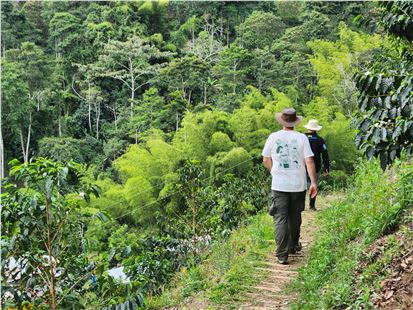BENNETTS ORIGIN REPORT

Find out the latest news from Origin!
COLOMBIA ORIGIN TRIP REPORT Over the past decade, Colombia's specialty coffee sector has seen remarkable growth, not just in production volume but also in diversity and quality. During this time, the range of available coffee varietals has expanded significantly, along with the processing methods used to enhance each varietal's unique cup profile.
Cerro Azul Farm - Colombia, 2024
La Esperanza - Colombia, 2024
Las Flores Farm - Colombia, 2024
The Bennetts Team |





